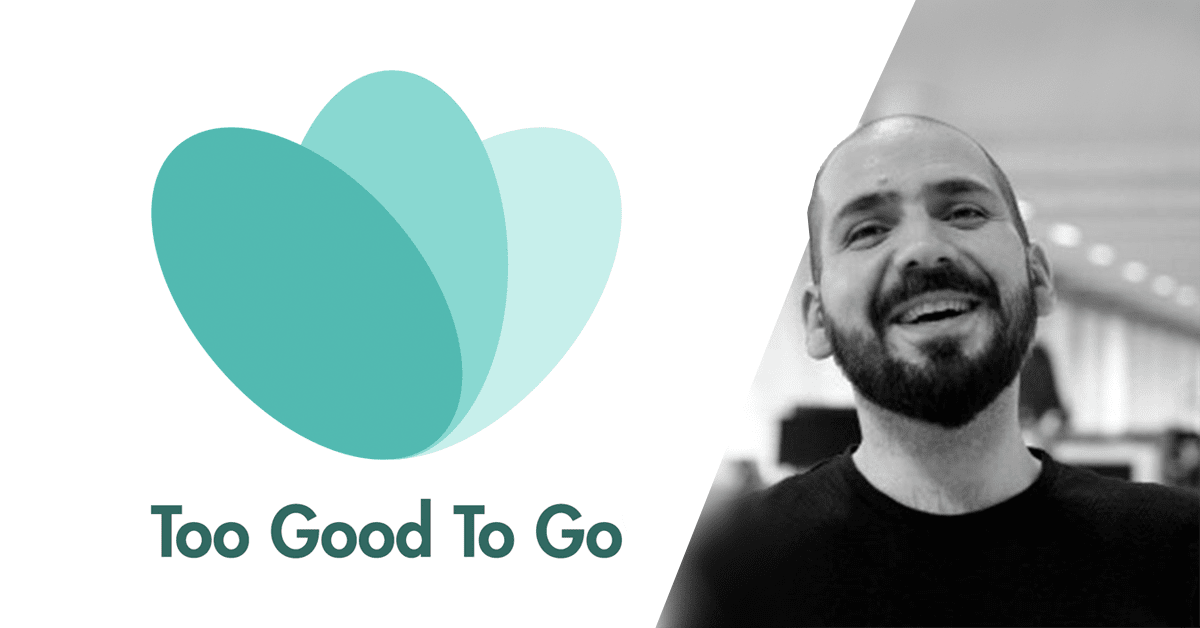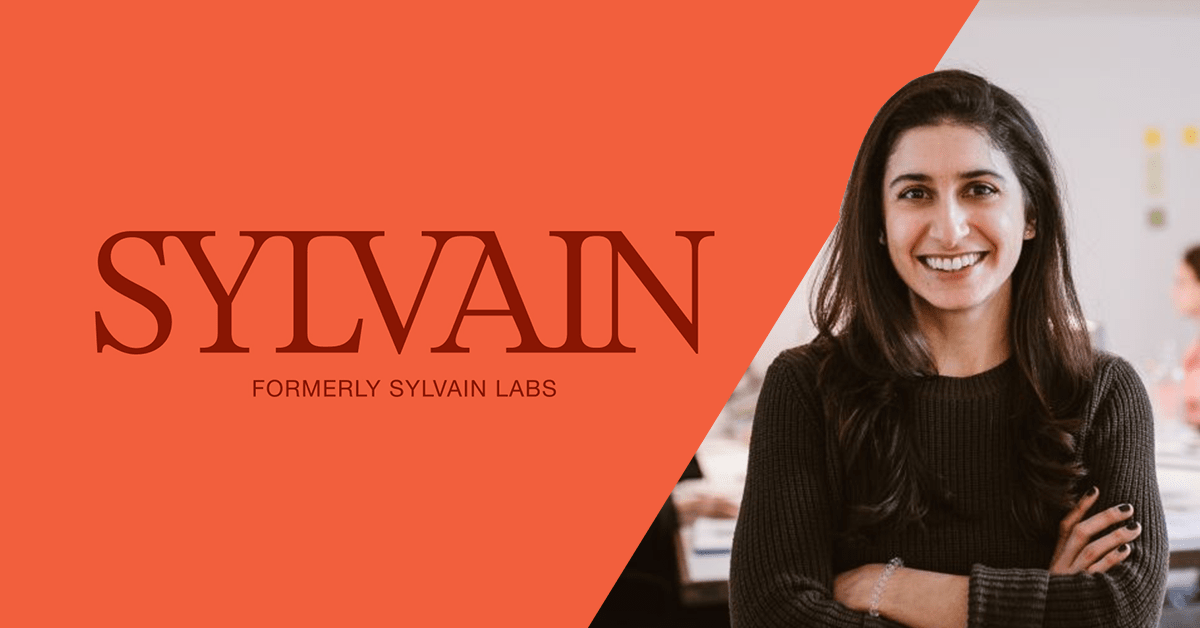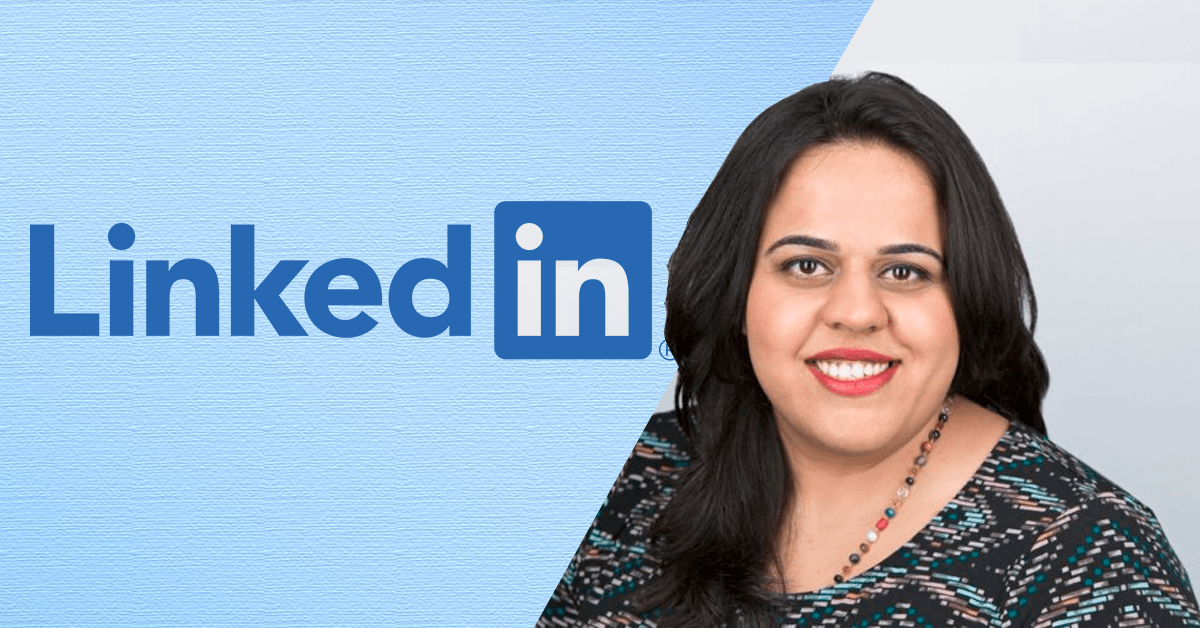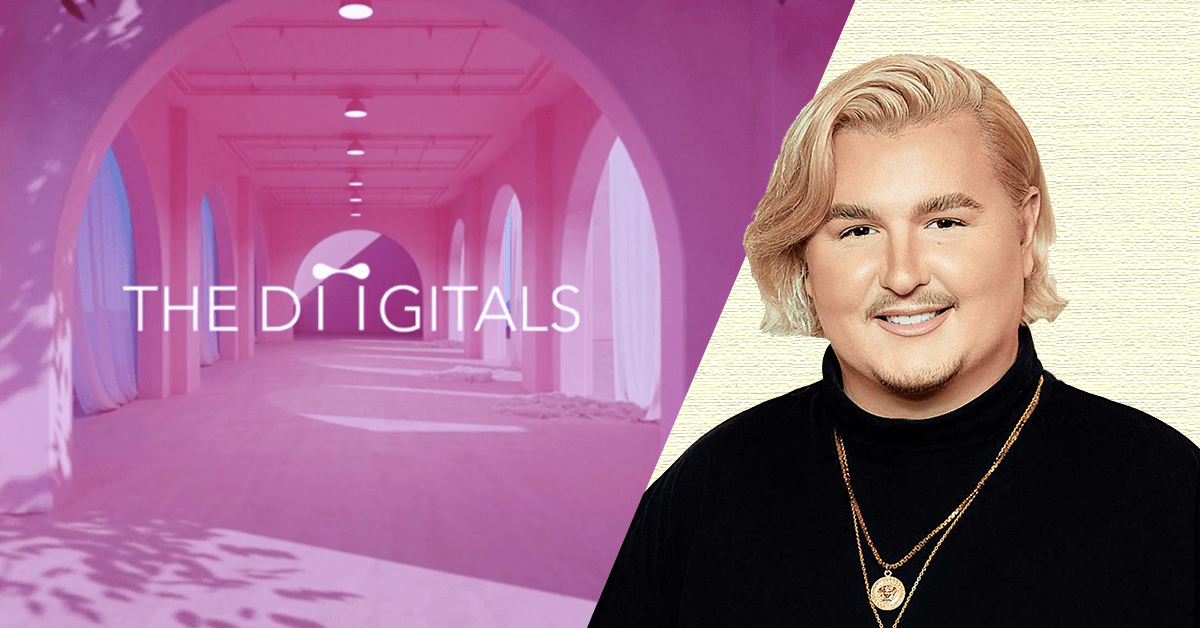
We’re still reeling from 2020, a year that came in and bulldozed over perfectly crafted consumer behavior insights, trampled over forecasts and projections, and made us question and re-question whether brands can and should weigh in on social issues. 2021 will (yet again) bring something different.
Will the vaccine rollout result in a steady reopening of businesses? Will there be a post-pandemic economic boom? Will another year in sweatpants lead to the rise of an underground trade in sourdough? No one really knows.
That’s why companies are turning to digital marketers and branding experts to create catch-all ‘prepared for anything’ strategies.
So the question is, how do you plan for the unplannable?
We asked four digital marketing experts set to speak at TNW’s upcoming Boost online event to find out.
Focus on mission over data

When Danish-born, Too Good to Go, started out, they didn’t just want to create a successful business, they wanted to create a movement. The startup was on a mission to end food waste by offering surplus food from restaurants, bakeries, supermarkets, and hotels to users at discounted prices.
Javier Amigo Miranda, the company’s Chief Marketing Officer, explains it was their focus on mission over data that helped distinguish them from the crowd and reach hyper-growth status:
Many companies are facing the same situation when they build digital strategies: ‘What do we have to do?’ ‘I don’t know. Let’s look into the data.’ So data is becoming the main driver for marketing strategies and, instead of focusing on growing their business, many marketers are focused on optimizing KPIs and data models.
Sooner or later this optimization path will provide very limited gains and might strangle your growth potential. Meanwhile, a complete digital strategy based on a strong mission and a powerful story has literally no limits. It simply has better potential to escalate.
Too Good to Go is now offering perfectly good surplus food to its 33 million users and counting. During 2020, it expanded to the US market and raised a $31.1 million investment round.
If you’re curious to learn more about how focusing on mission over data helped Too Good To Go drive a loyal and growing customer base, I recommend you join Amigo Miranda at Boost for a talk on ‘Learnings on hyper-growth & sustainable brands.’
Tap into engaged and loyal users

When strategy and design consultancy, SYLVAIN, started working with Spotify in 2018, things were looking grim for the embattled music streaming platform. Despite its widespread success, Apple’s own music platform had just surpassed the company’s premium US subscriber count.
So what do you do when you’ve got a tech giant closing in and breathing down your neck? Most would say it’s time to focus on capturing as many new users and audience segments as possible.
SYLVAIN’s Managing Director, Sherry (Sherzad) Rahmatian, disagrees. To her, the best bet is to focus on your most engaged and loyal users:
Power users and super fans often hold the secret sauce for a brand’s future growth. What we see is that smaller brands actually have an advantage in that they don’t have to dilute their marketing for the masses.
Instead, they can focus on decoding what exactly makes people obsess over them, and use that to continuously iterate a better and better experience. This will naturally filter out to a wider audience, without losing what made it special.
After conducting research into the differences between Spotify premium users vs Spotify free users and users of competing platforms, SYLVAIN helped the company brainstorm new updates, features, and marketing strategies their loyal users would love.
And this focus on loyal users is pretty clear from the new updates we’ve seen from Spotify this past year, from Premium duo, Group Session, and more personalized updates to its end of the year ‘Wrapped’ insights.
By the end of 2020, Spotify increased its number of premium subscribers by 29%, bringing it to a whopping 124 million.
Join Rahmatian on Boost’s Re:Brand stage for a discussion on ‘Balancing societal impact and business needs.’
Less is more on social media

During 2020 we suddenly found ourselves in a situation where people were turning even more to social media (than they already were) for social interaction, information, entertainment, and to use the extra time on their hands to shop for new products and tools.
In fact, not only were users more active on social media, they also expected more from brands, turning to businesses and business leaders to speak out about societal issues, from Black Lives Matter to climate change.
With so many more opportunities to reach audiences, some companies went trigger happy with their social media strategy, posting their thoughts on every trending topic that came their way. But Purna Virji, Senior Content Solutions Evangelist at Linkedin, warns that a divide and conquer strategy may hurt more than help your brand.
In the quest to be where their audience is, too many marketers focus their efforts on being present everywhere. As a result, what we tend to see is a lot of commoditization — lots of brands talking about the same topics, in the same ways.
Being present is not the same as being prominent in a way that makes you stand out in the news feed and stop thumbs from scrolling. To do that, my advice would be to invest the time in finding your content whitespace, i.e., finding that unique angle or approach that can cut through the noise and help you stand out.
The key to gaining and then maintaining trust with your audience is simply being genuine. Especially when working in the B2B space, speaking up just to be part of the conversation will only hurt your brand if your comments don’t provide value. Nobody wants to be that brand.
So just how do you find your social media sweet spot?
It’s typically easy to identify the topics you want to focus on, but it’s much more difficult to truly find a whitespace opportunity that you could realistically own. Take the first step by looking at the volume of content published on social media for each of your topics and the engagement they receive.
Your sweet spot for breaking through in theg newsfeed would be the topics that drive an abnormally high volume of engagement, yet don’t have as much volume published.
Get more social media nuggets of wisdom at Virji’s talk ‘Shout or hum?: how to build a distinctive brand on social media.’
Don’t be afraid to experiment

In 2017, Cameron-James Wilson, a fashion photographer, decided to test out his CGI skills with a free special effects program. His first creation, Shudu, a virtual model he posted on Instagram, was so lifelike she became an overnight celebrity.
When news broke that Shudu was actually a digital supermodel, she secured appearances modeling for the likes of Balmain and Vogue Australia.
View this post on Instagram
While there was already interest from designers to experiment with virtual models, it was during the pandemic that Wilson’s agency, The Diigitals, really took off. But as he told TNW, this success wouldn’t have happened if he hadn’t taken the initiative to experiment with new technology. As he explained:
At a time when so many physical barriers exist, it has never been more important to embrace the virtual. We’re living in a period where companies adapt or die at an alarming rate, if you’re not considering how digital can impact every part of your industry, you may already be too late.”
The Diigitals now has a portfolio of seven models and has secured appearances on the virtual catwalk and digital photoshoots with designers like Louboutin and Ferragamo.
For more great insights to supercharge your digital marketing strategy in 2021, join these experts and more at TNW’s Boost online event, coming up on April 15th at 2 PM CET.
Get the TNW newsletter
Get the most important tech news in your inbox each week.




